Review: The Leica SL2-S is Not Perfect, But It’s Perfect For Me
![]()
The idea of a Leica camera with image stabilization, a built-in EVF, Wi-Fi, 2 card slots, and endless more features may seem like a very foreign concept for legacy Leica shooters. However, this is exactly what Leica has made in the SL2-S.
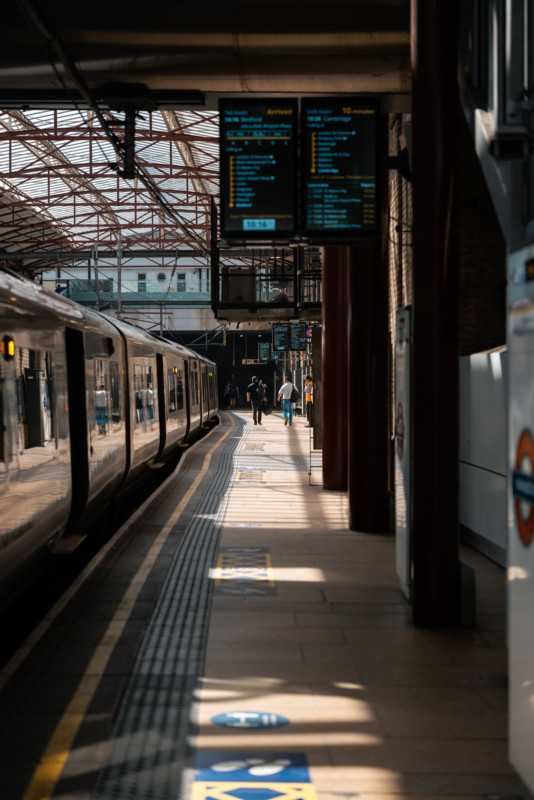
Build
I’ll start with the build quality. Over the years I have been fortunate enough to use and own other high-end photo equipment. I used to own a Canon 5D Mark IV as well as a Fuji X-Pro3 and have shot extensively with the flagships like the Canon 1D X line. The SL series is a different breed in terms of build. These machines are made to last.
By no means are the likes of Canon, Nikon, and Sony badly built cameras. It’s more that when you pick up an SL for the first time, you know you’re holding something special. I had the same feeling holding a 5D Mark III for the first time — that cold-to-touch feel that I’m sure a lot of photographers are familiar with. My X-Pro3 was a tank. A go anywhere, do anything type of machine.
I’ve recently played around with the awesome Canon R5 as well, and that feels great. I have no doubt that any of these cameras could withstand the same level of abuse that an SL could. However, when you hold an SL and comprehend how each part is hand-assembled, it’s hard to go back to anything else!
The body features an IP54 rating, and to save the geek talk, this will mean you can just about do anything and go anywhere with this beast. Spray it with a hose? No problem (not that I’ve tested this but the bold boys down at Leica Store Miami have certainly done it!).
My initial justification for this build was “oh, well of course it’s built like this, just look at the price”. I bought mine for £3,975 (~$5,500). We could all go back and forth with production budgets and shipment quantities from bigger companies when comparing this to the likes of the Canon R5, which sells for $3,899. Oh, and let’s not forget the Sony a1 at $6,498.
Okay, okay, not a fair example, I know. The specs are nowhere near the same. But if we ignore that for a moment and only focus on the build, the SL2-S is two-thirds of the price of the a1 and features infinitely better build quality. I’ll circle back to this when comparing some of the SL’s features later.
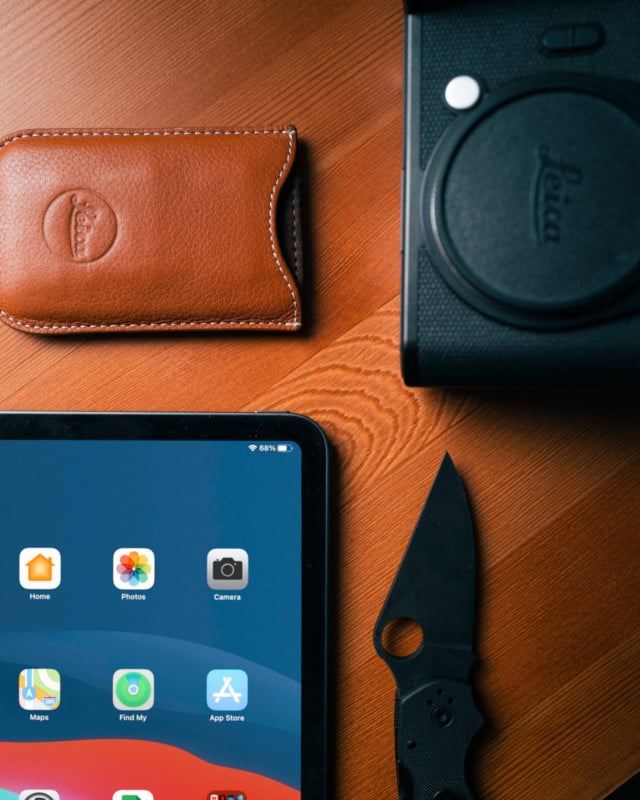
Design
When studying Leica’s design language, I think it’s fair to say that the general consensus is that the products are absolutely stunning. Maybe that’s just my subjective opinion coming through, but they have to have done something right to inspire design gods like Jony Ive and Steve Jobs? While most adore the design of these cameras, their functionality is a more controversial topic. I could go on and on about why I love manual focus and rangefinders, but today, we’re talking the SL line.
The SL2 introduced the 3 button layout to bring the SL series in line with the M10, Q2, and CL. Aesthetically, the SL2-S is almost identical to the SL2. The only change is that the lettering on the front of the body is now blacked out, a change that I welcome as a street photographer. I find the design is as simple as it is practical.
The joystick is a dream to use, and it’s the same one they used even on the original Typ 601. The function buttons are all within reach and for my use, have more than enough features. If you’re used to a flagship Canon/Nikon, then this may restrict you. However, I found I can access all my focusing modes, focusing areas, ISO, WB, timer, PASM, and Wi-Fi settings very easily. And if a button wasn’t set to it, the quick menu works great with the touchscreen.
I also love the deeper indented grip they introduced on the SL2. Given the weight of the body, this makes the ergonomics much better. And while I can rave all day about the build quality, it does result in a significant weight difference. The body is just under a kilo (32.8oz), which is a lot — there’s no easy way of looking at it. And if I paired this with their native SL zooms or even their primes, this would be a real problem for me. This was a big reason why I moved away from my 5D Mark IV. I want a fast, light camera for my street photography. I’ll explain how I achieve that very soon!
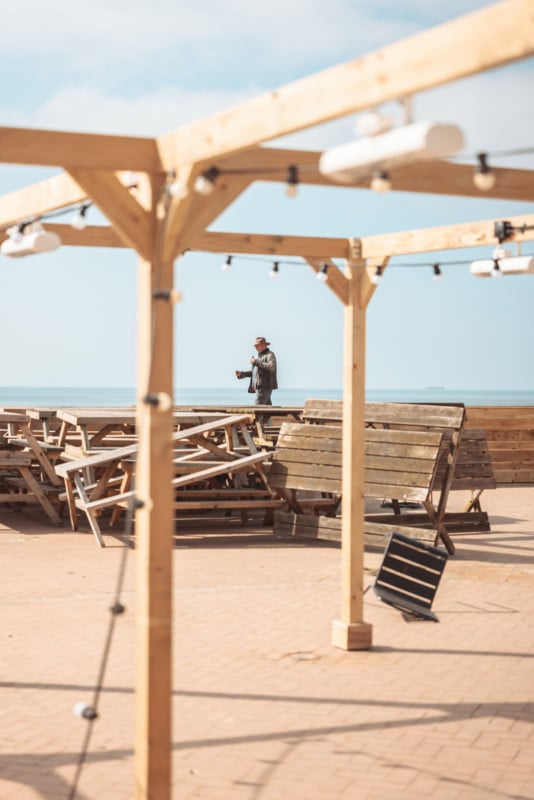
IQ
Image quality is in no way the biggest feature of a camera for me. There are at least a dozen aspects that come before this for me when I choose a camera. However, this is a big reason why I love and will continue to adore the SL2-S. Now, it’s easy to get confused — I’m not talking resolution here. Yes, at 24MP, it’s half the resolution of the 47MP SL2 and much lower compared to other high-end camera bodies, especially ones of this price.
What I’m more concerned about is how the sensor performs with various lenses, old and new, and how it renders images. Leica’s chief lens designer, Peter Karbe, said once that “there are two cameras in the world best to use M lenses on – M and SL”. And I think that’s what I’m getting at here. I always used to adapt my M lenses onto my Fuji’s and while I was extremely happy with the results, it just wasn’t the same. Leica fit lenses (yes, even third-party lenses) are designed for and around to work best on Leica sensors.
The sensor architecture is delicate, functional, and beautiful… and maybe a little outdated. Let me explain. My M-P Typ 240 from 2014 has a 35mm 24MP sensor, so far the same as the SL2-S right? However, the technology at the time meant that a sensor of this caliber in a body of that design results in some shortcomings — things such as poor low-light performance and slow image transfer. But I along with many others, even today in 2021, are prepared to look past this in light of the image renderings, color, and overall IQ.
The lenses, even my old Summicron 50mm Dual Range Rigid from almost 70 years ago, still work great on my SL2-S. It has character and feel, and a life to images that I just can’t obtain from any other camera system out there. And I understand how $5,000 for a 24MP camera is a lot! Especially now you can pick up a 20MP Canon R6 with far superior AF for $2,499 or a Panasonic S1 with almost identical features for $2,499 or the smaller S5 for $1,999. You could even get a Panasonic S1R, almost identical again to the SL2, for only $3,699. Or maybe even the Sigma Fp L with EVF Kit, which has 60MP (higher than any camera mentioned here!) for $2,999 — $2,000 less than the Sl2-S!
I want to preface this with, the SL2-S is not for everyone! If you want specs, reliable autofocus, and 3 million frames per second, go buy a Sony or any of these cameras mentioned prior. However, if you’re of the 0.0001% of photographers like me who, for god knows what reason, are obsessed by the feel and act of taking a photo, try the Leica SL2-S or any Leica from the past 100 years. This is a company that loves photography, the cameras they build, and better yet, the photographers who use them.
I am in an unbelievably lucky and fortunate position where I can pair the SL2-S next to my M-P or even my film M6 and bounce from feel to function while maintaining a high level of love and enjoyment for all our shared passion.
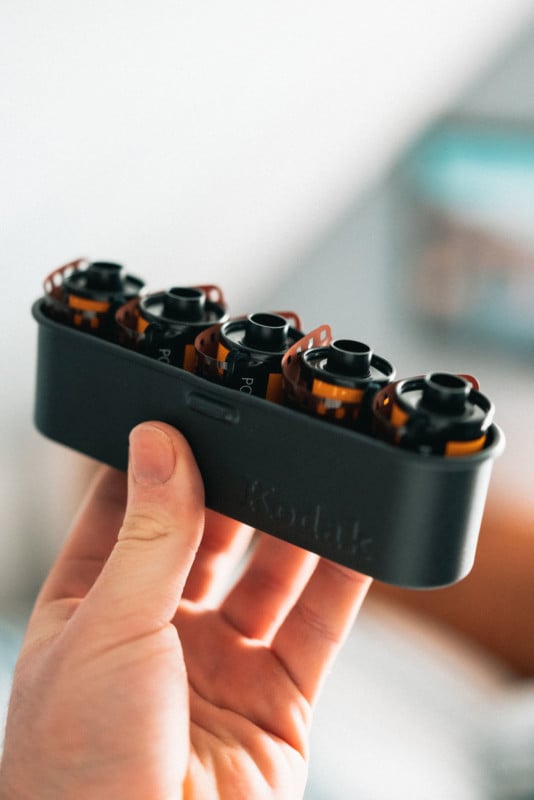
Color
I promise not to go too deeply into the topic of color and Leica as I know this is quite the notorious topic when it comes to these cameras. A topic that Leica fanboys and fangirls across the world use to justify spending (let’s be honest here) way too much money on these machines. Why do I know this? Because I am one of these so-called Leica fanboys.
So if you’re happy with the color output from your camera, be it a Canon, Sony, Nikon, Panasonic…even that other one begging with “O”, then carry on scrolling and happy shooting! But for me, unless you’re shooting 3 stops overexposed Portra, there aren’t any better colors, tones, and overall fidelity out there!
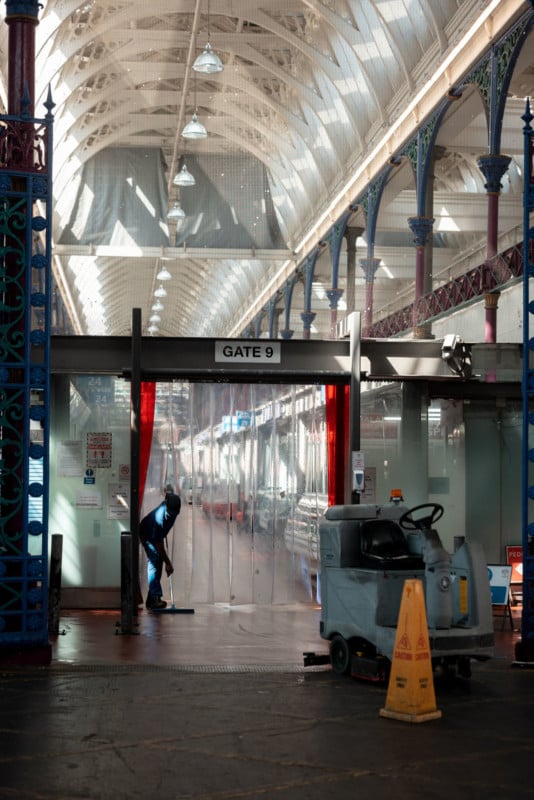
Low Light
I’ve been itching to talk about the low-light abilities of this monster. Now, while we’ve seen a lot of 24MP sensors over the years, this is in a league of its own. A first for Leica, this is their first-ever backside-illuminated sensor. So while the overall architecture is very similar to the Typ 601, the color calibration and now the BSI, make this a significant upgrade.
I’ve pushed the SL2-S way past 25,000 and onwards to 50,000 ISO while still getting very usable images. The processing power alongside this technology must be performing witchcraft somewhere between the shutter button and SD card because I’ve never seen low light like this. I remember being blown away by the 1D X Mark II and III, and equally so with the a7S III, and while these are still incredible, they’re only 20MP and 12MP — the SL2-S is 24MP.
Is this a realistic measurement? No. Can you tell a difference at 6,400 or even 10,000 ISO? No. But, is it nice to know and feel safe with leaving the camera in auto ISO and never have to worry about another grainy or blurry photo ever again? Absolutely. I set my auto ISO parameters to a max ISO of 50,000 and a minimum shutter speed of 1/250. That way I never have a blurry photo (especially with this IBIS) and I never have to worry about grain.
Aperture priority, exposure compensation set to the rear dial, that’s it. Quick, easy, and very dynamic. These are the settings I use on every camera — when I took the Sony a7R III on holiday, when I owned the X-Pro3 for travel, and even when I shot weddings on my 5D Mark IV. The only difference now is that I don’t have the stress of a photo being too blurry or too grainy. And to quote Josh from Leica Store Miami: “I’d rather have a grainy photo than a blurry photo I can’t use”.
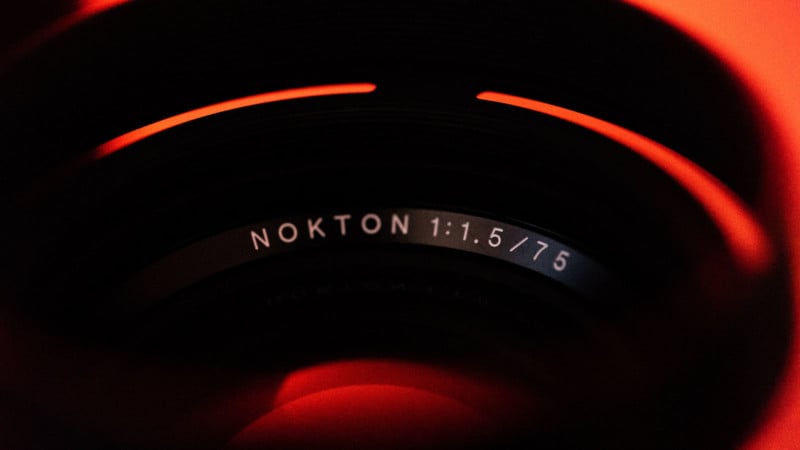
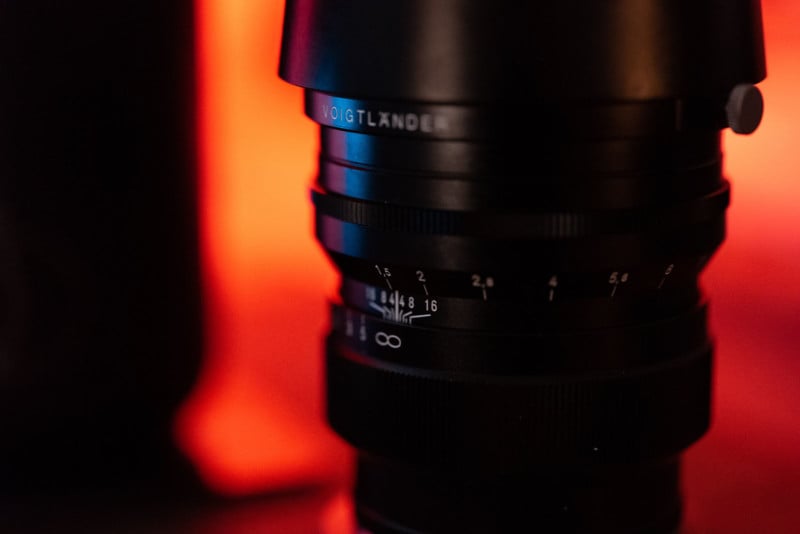
AF
Remember when autofocus was only contrast-detect back around 2016? Brilliant, now add fancy algorisms to make it 10% better. That’s how the AF performs on the SL2-S. Don’t get me wrong: it’s better than the SL2 (marginally) and much better than the 601. So for portraiture, landscape, editorial shoots, it’s great. And coming from my Ms, it is a dream.
However, if you’re looking to do sports, compared to the likes of Sony, Canon Dual Pixel, and Fuji, in my experience – forget it. Not to say that it can’t be done, I’ve seen some extraordinary sports photos taken on SL. Specifically when paired with 9fps burst and 25fps with the electronic shutter. On paper, it looks amazing. In my experience, while I’m certainly no wildlife or sports photographer, I only found it to be adequate and usable rather than extraordinary.
A note worth taking, though: the native SL primes (with exception of the Summilux 50 SL) work much faster than their zooms. Notice on the image below how the 24-90mm just missed focus on the deer walking towards me using AF-C and Field AF method.
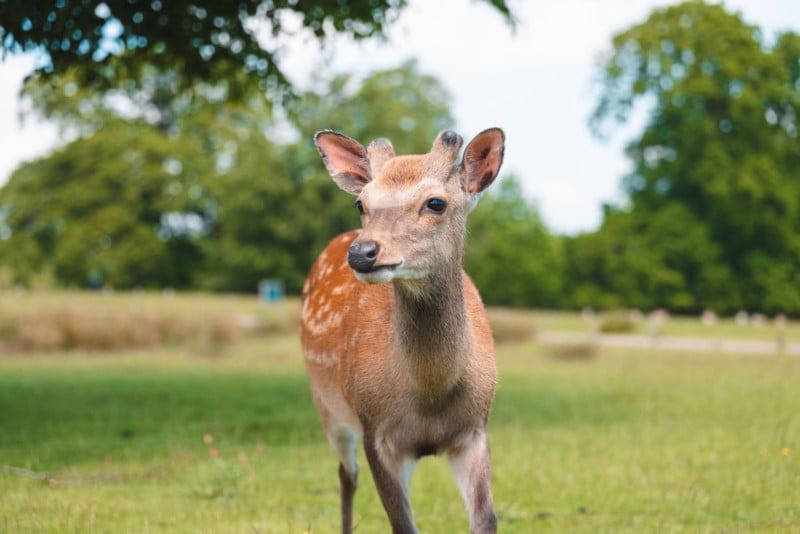
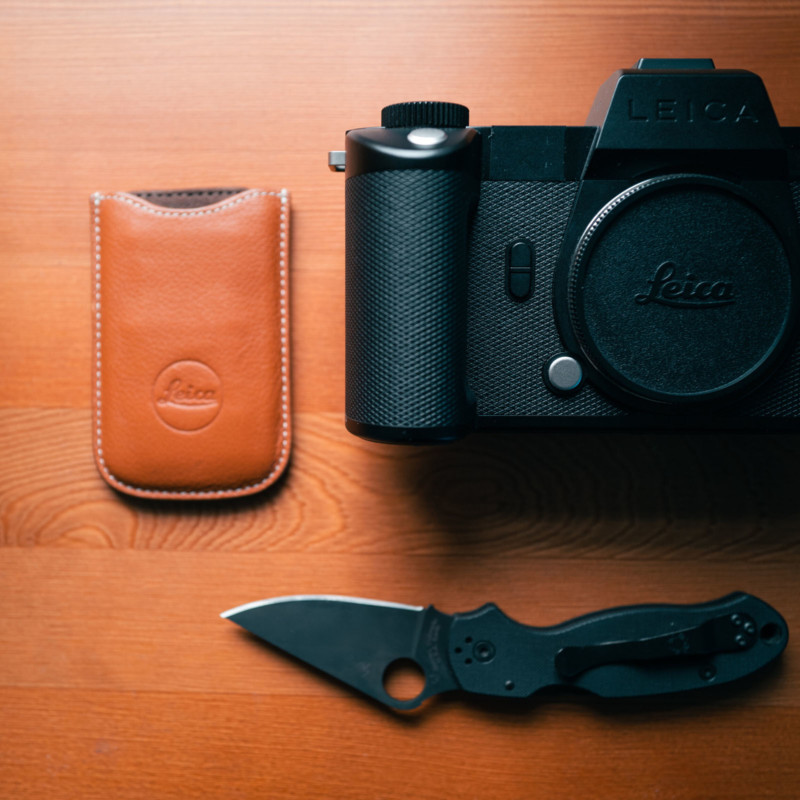
Usability and Compared to M?
In conclusion, I’ve always loved the SLs and I love my SL2-S. They’ve had their quirks, but I feel they’ve been getting ironed out over the years through software updates, new lenses, and alliances with Sigma and Panasonic. The price has almost halved since the 601 while competing brands have only ever gone up in price.
The AF, while still not perfect, has improved significantly. The low light went from outdated, even back in 2015, to the best I’ve ever seen. The battery life… well, there’s always room for improvement.
I started this review by saying how this is the camera to attract M shooters, and that’s exactly how I see this camera: a companion to the M. For me, I use this 99% of the time with M lenses. It makes the body smaller, lighter, and, believe it or not, faster. The lower resolution, while keeping up with that gorgeous, close-to-real-life EVF, makes for a manual focus experience I can only describe as M-Like.
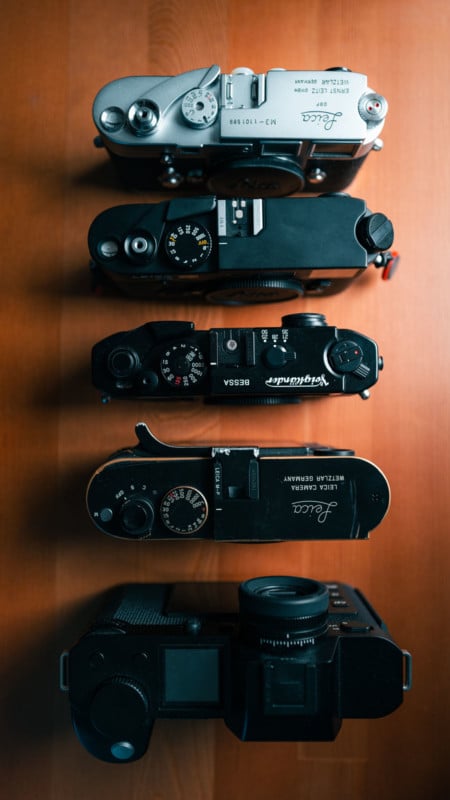
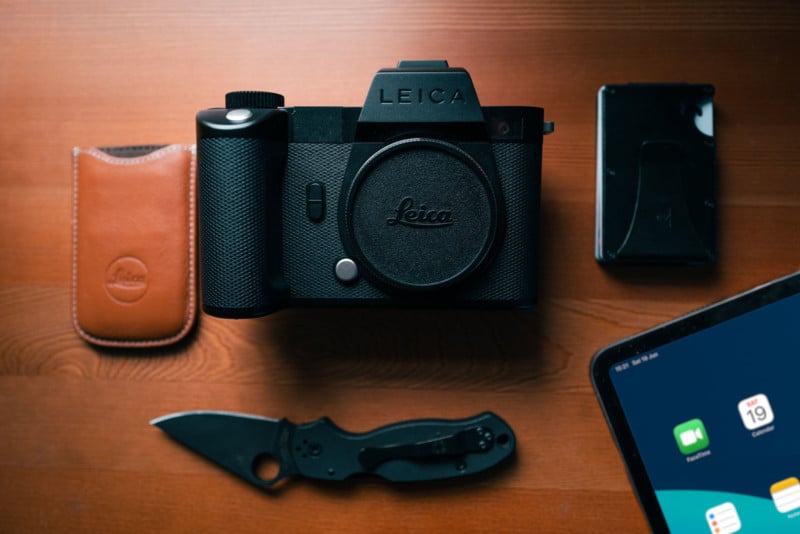
For when I want the moment, I will always gravitate to my M bodies. However, now when I look for the big detail photos I know an M just couldn’t keep up with, I trust the SL2-S to be right there alongside. It takes up no extra space, weight, or time while delivering the best image quality for me at no extra expense for experience or enjoyment.
If you’re an M shooter, digital or film, I urge you to try the SL2-S. Feel the build, look through the cinema screen of a viewfinder, and try the manual focus experience.
About the author: Ben Webster is a street and travel photographer based in the south of England, where he also works as a sales assistant at Park Cameras. He regularly shoots with a variety of Leica cameras—ranging from the old M3 and M6 TTL to the digital M-P typ 240—as well as the Fuji X-Pro3. You can find more of his work on his website or by following him on Instagram. This post was also published here.